While talking about one of the cheapest smart switches for a smart home, the Tuya 16A Mini Smart Switch, we also mentioned it happens to be one of the smallest modules too. You could fit it easily in a switchbox and still have room left for wire handling.
Today we a reviewing something similar, an interesting two-piece smart relay switch made by a company called Evvr, Headquartered in Shenzhen, China, with branch offices set up in the US and Denmark. Solving the N-Neutral wire requirement in a genius way, this smart switch module looks very promising, so lets pry it open and see what its got!
Currently it retails for $49.99 and you can support this blog by buying through one of our affiliate links.
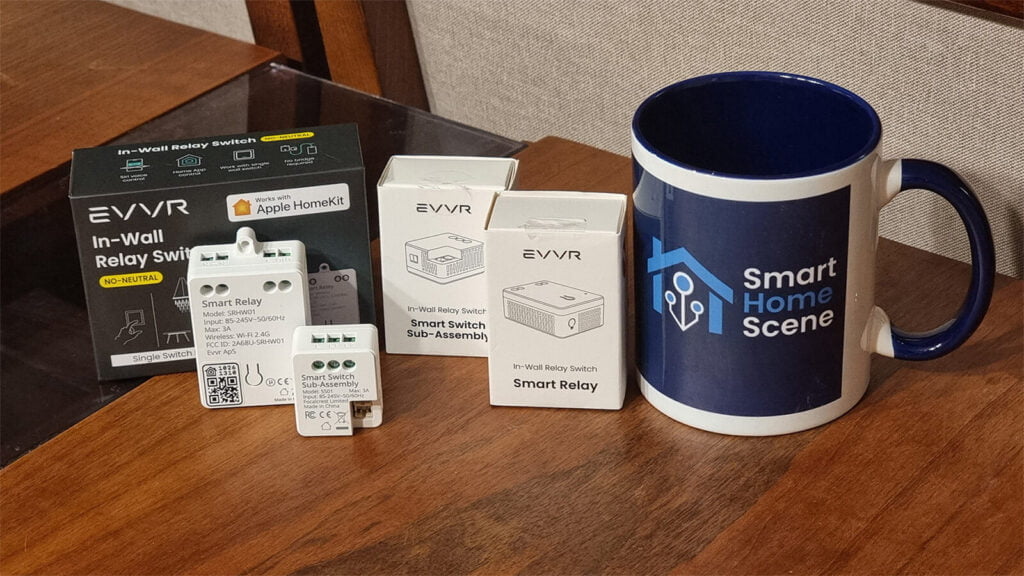

EVVR In-Wall Relay and Switch Sub-Assembly
Wi-Fi Homekit: AliExpress | Amazon.com | Evvr.io
ZigBee: AliExpress | Amazon.com | Evvr.io
Z-Wave: AliExpress | Amazon.com | Evvr.io
*links will be updated when available
Technical Specification
- Smart Relay
- Model SRB01/SRZW01/SRHW01
- Product Size (LWH) 59.4mm * 39.3mm * 21.2mm (2.34in. x 1.55in. x 0.83in.)
- Material Plastic
- Color White
- Weight 52g
- Input Voltage AC 85V~245V
- Power Consumption
- ZigBee: Stand by: 0.5W, Working: 0.9W + load power
- Z-Wave: Stand by: 0.4W, Working: 0.8W + load power
- Wi-Fi: Stand by: 0.65W, Working: 1.1W + load power
- Max. Load Power AC 110V/300W, AC 220V/600W
- Min. Load Power No limit
- Compatible Load Types
- Incandescent bulbs,
- Halogen bulbs,
- Fluorescent lamps,
- LED
- RF Characteristics
- ZigBee: 2.4GHz, Range: 30m/indoor,60m/outdoor, Internal antenna
- Z-Wave: 865.2MHz to 926.3MHz, Range: 30m/indoor,60m/outdoor, Internal antenna
- Wi-Fi: 2.4GHz, Range: 50m/indoor,80m/outdoor, Internal antenna
- Temperature Operating: 0~40°C
- Storage: -20~85°C
- Ambient Humidity 5~85%
- Smart Switch Sub-Assembly
- Model SS01
- Product Size (LWH) 33.5mm * 28.2mm * 17.3mm (1.32in. x 1.11in. x 0.68in.)
- Material Plastic
- Color White
- Weight 19g
- Input Voltage AC 85V~245V
- Max. Load Power AC 110V/300W, AC 220V/600W
- Min. Load Power No limit
- Supported Switch Type Toggle, Momentary
- Temperature Operating: 0~40°C (32°~104°F)
- Storage: -20~85°C (-4°~185°F)
- Ambient Humidity 5~85%
CERTIFICATION: CE, FCC, UKCA, RoHS, WEEE
What’s Inside?
Smart Relay Component
The EVVR In-Wall Relay Switch comes neatly packaged in a small box. It’s a well designed, good quality box which protects the product from shipping damage. The optional sub-assembly switch is also in the box.
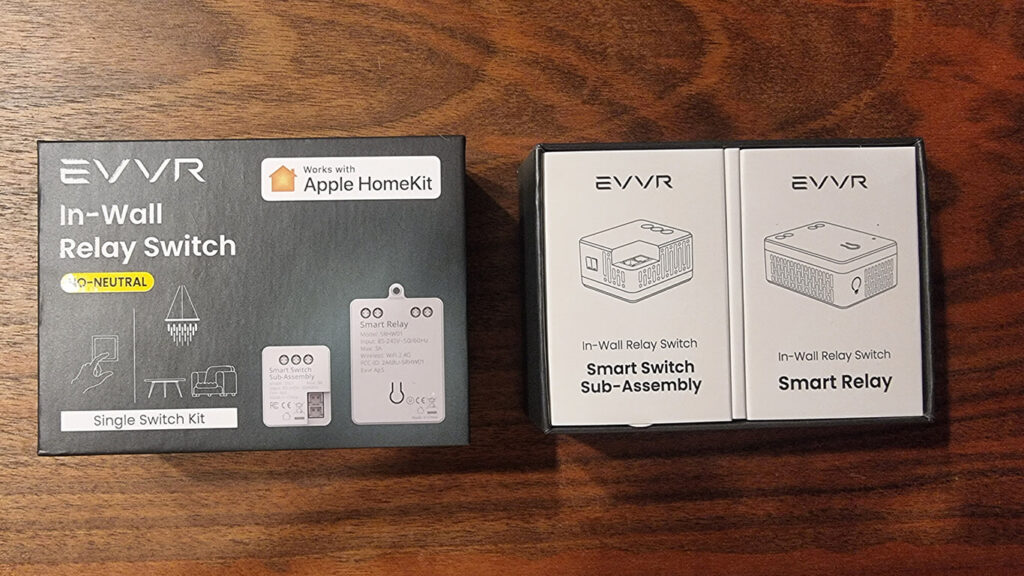
The package gives a premium feel when handled and unpacked, much like western brands. They used a slide-in box for the two components of the smart relay, inside of each neatly placed is the gadget first, a manual, some mounting stickers/screws and some wires with connectors for connecting the subassembly.
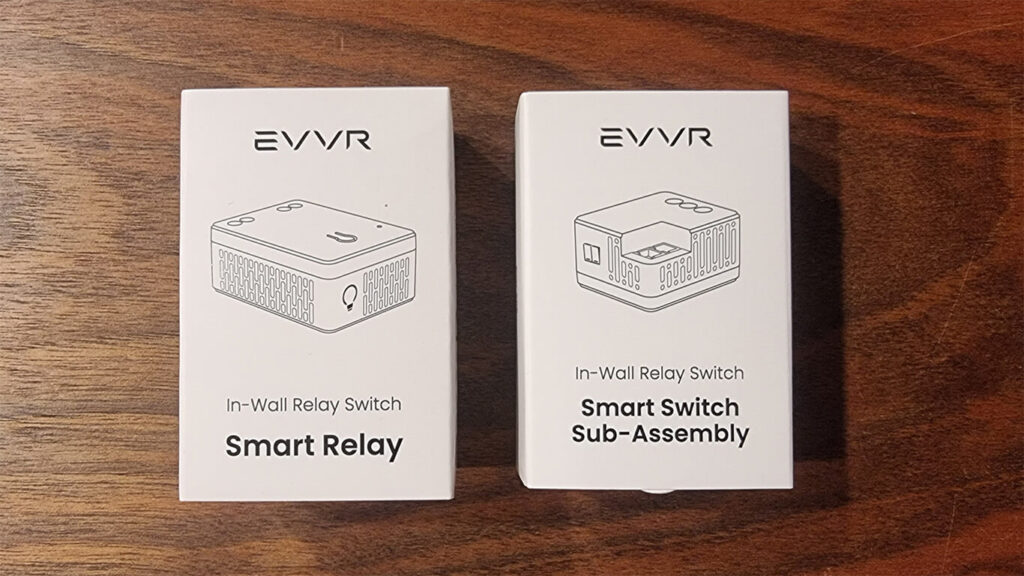
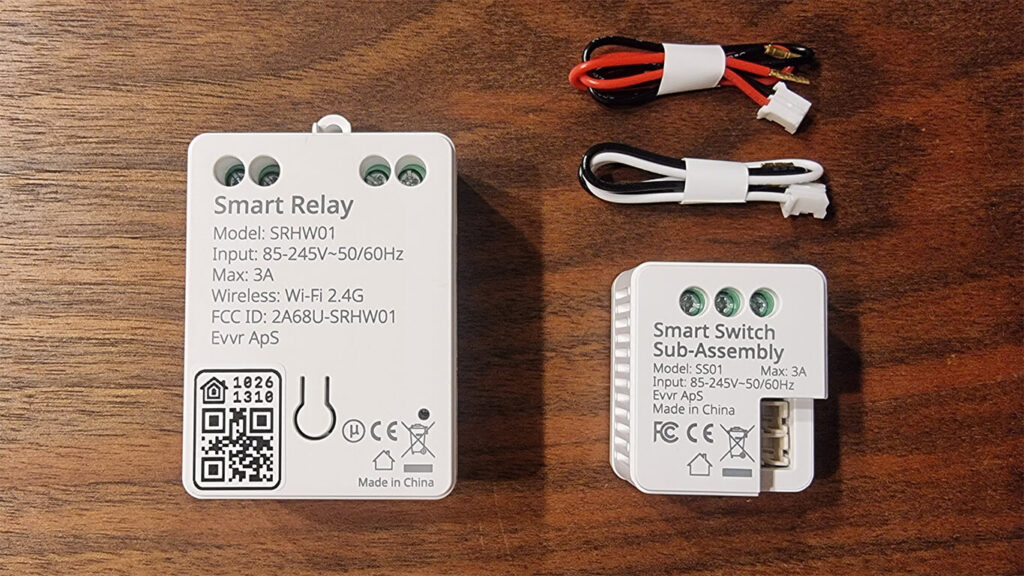
When the relay shell is disassembled, the main PCB is revealed containing all the components. What’s interesting is, there is an additional external antenna glued to the front of the shell connecting to the communication module (ZigBee/Z-Wave/Wi-Fi), which improves range. There is a heat mat placed on the relay, which helps with heat dissipation.
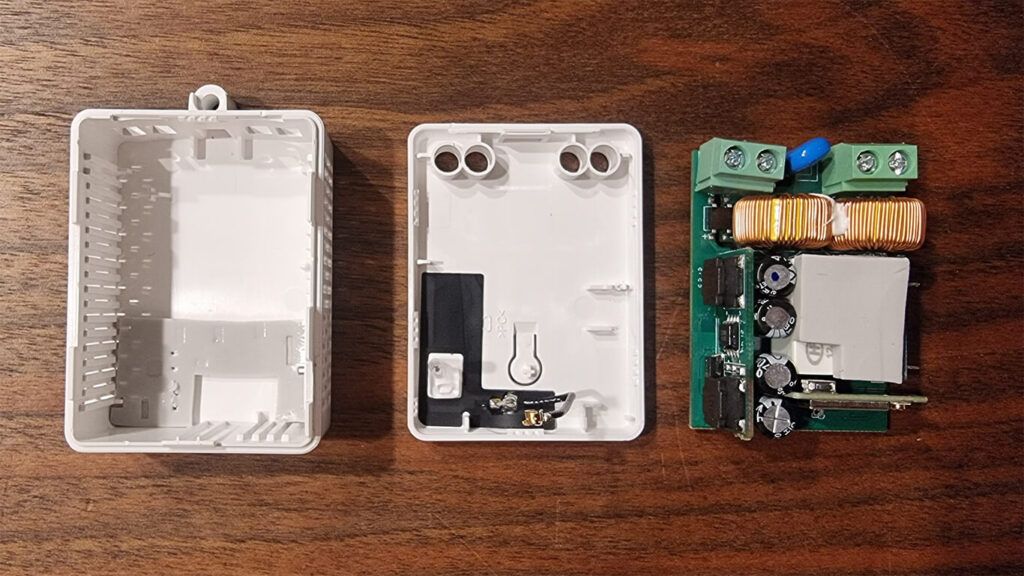
Two sets of screw terminals are placed on the main PCB, which are better than those snap-in terminals that tend to release the wires when placing the relay in place. Two copper coil transformators dominate the PCB, together with the relay.
The relay itself is model HF32FV-16, rated for 16A and manufactured by Hongfa Technology, a Chinese industrial relay manufacturer based out of Xiamen-Zhangzhou. HONGFA boasts more than 30 subsidiaries worldwide, and its business covers more than 120 countries and regions. This company supplies relays for many smart home manufacturers of gadgets coming from China, such as the Moes BHT-002 Smart Thermostat.
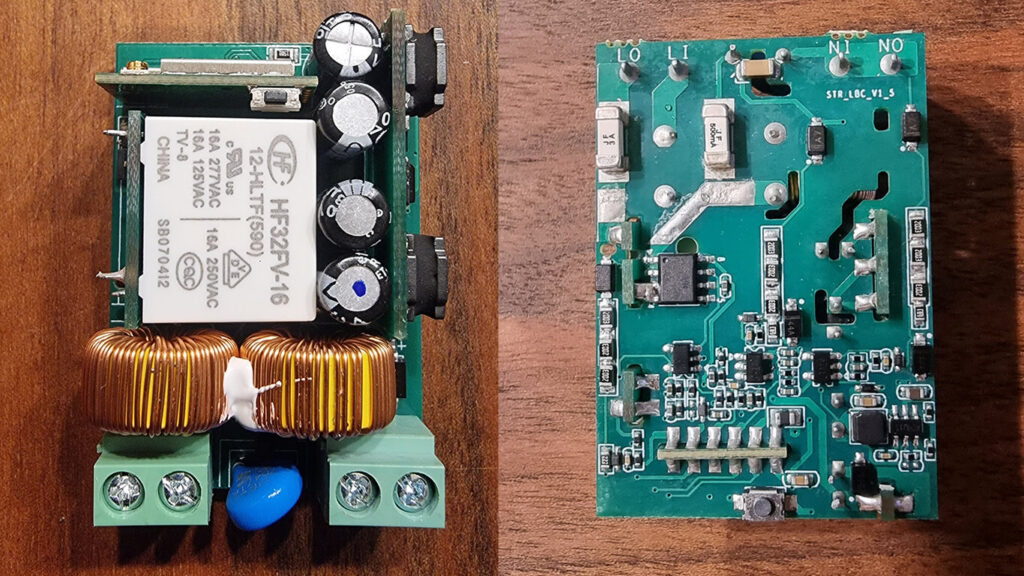
The communications module is a ZigBee 3.0 capable module model JN5169 made by company NXP Semiconductors. NXP Semiconductors N.V. is an American- Dutch semiconductor designer and manufacturer with headquarters in Eindhoven, Netherlands and Austin, Texas, United States.
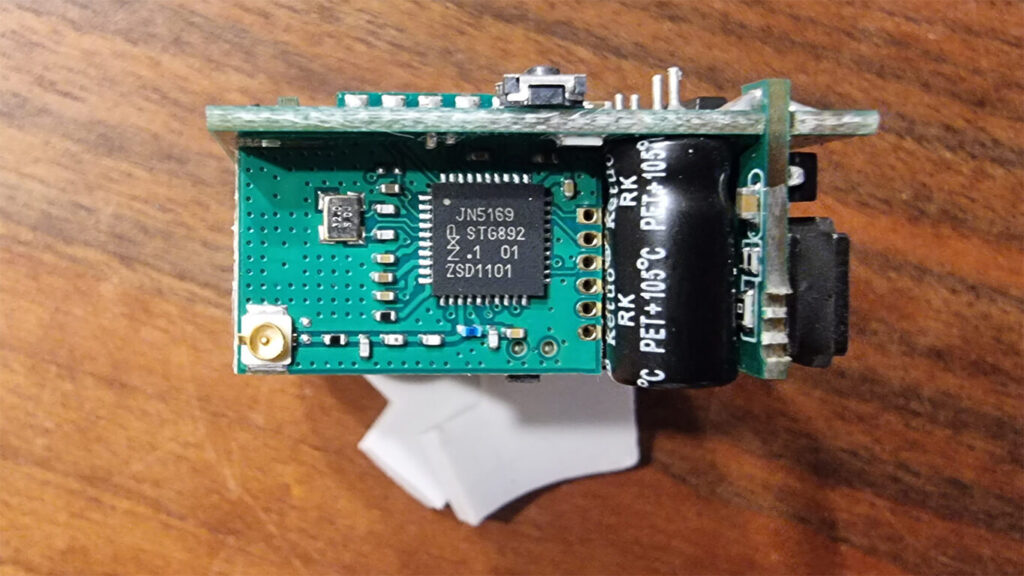
The Wi-Fi version has a 2.4Ghz capable module, which can be paired directly to Apple Homekit (Home App).
Alternatively, EVVR has their own app available on Android and iOS which you can use to control the smart relay. Their app claims local control and data storage, proving this with a master switch which disables internet access completely.
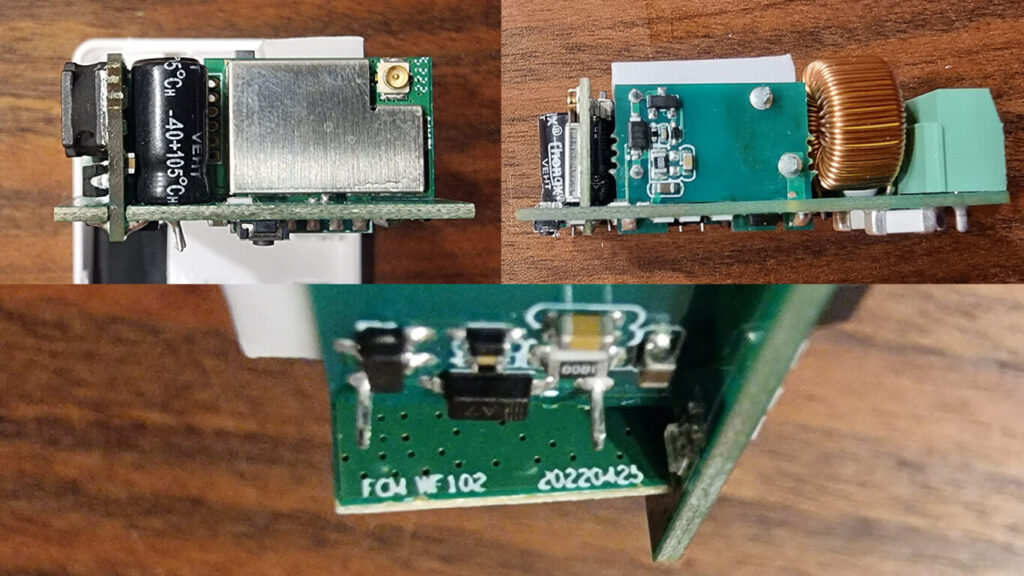
Smart Switch Component
The optional component, labelled “Smart Switch Sub-Assembly” is an additional product which needs to be mounted inside the switchbox instead of the light fixture. We explain this in detail in the Wiring and Installation section of this review.
The subassembly allows you to control the smart relay through your traditional wall switch (flip, toggle, momentary).
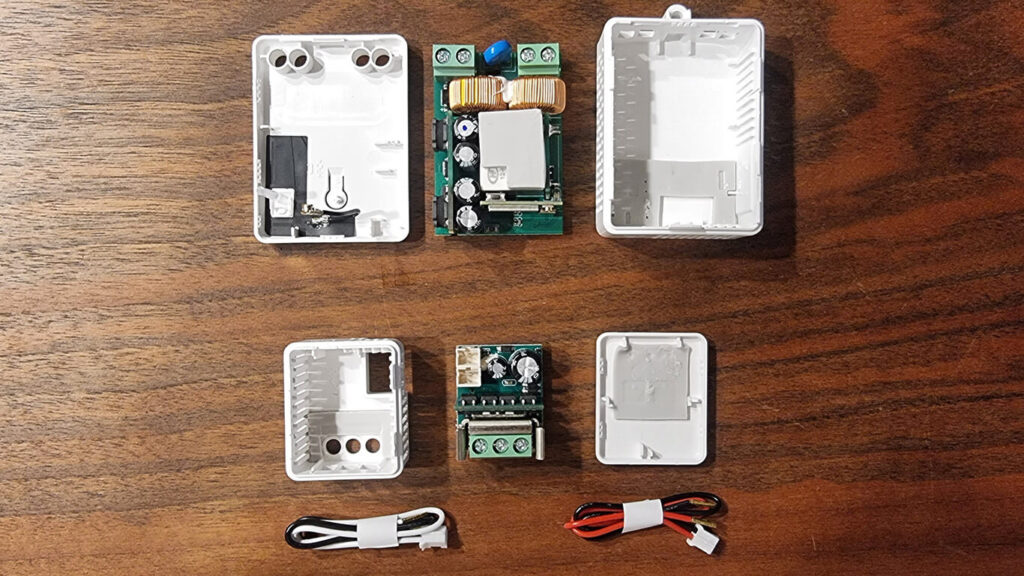
You will notice the smart switch sub-assembly component is much smaller, which is great, considering standard wall switchboxes are usually full with wires and space becomes an issue. Two panel connectors are included in the package for easy connection of your existing switch with the smart switch sub-assembly.
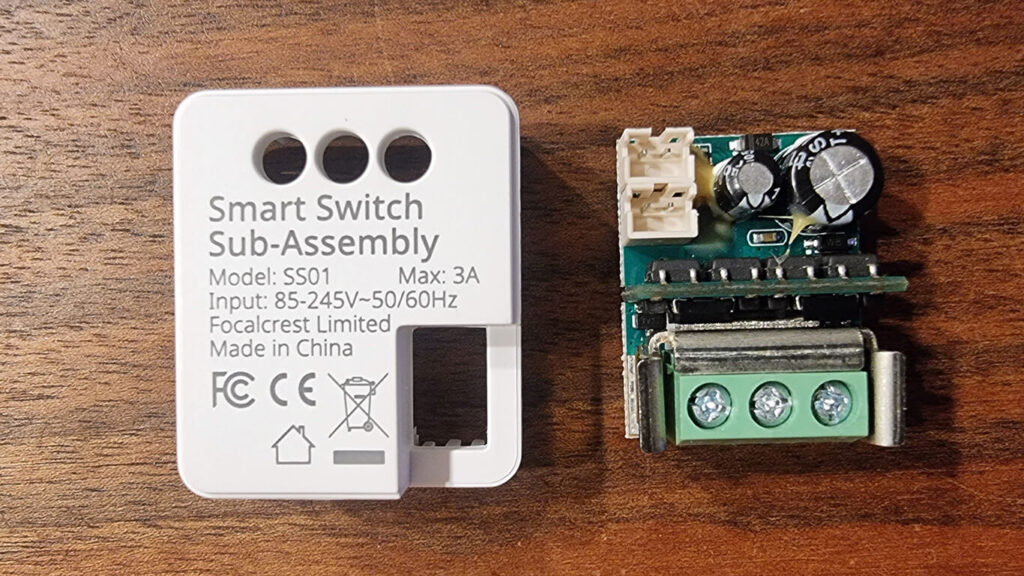
This component also contains a screw terminal block, used to connect L, L1 and L2 from your switchbox. Two plug-in connectors are in place for easy connection of your existing traditional switch.
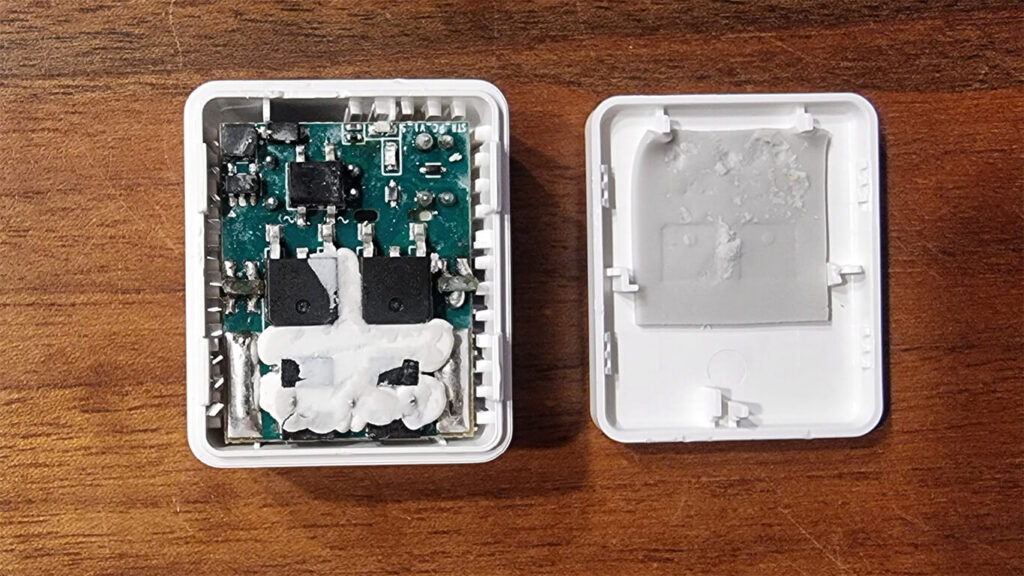
On the back side, the components are wrapped with some kind of heat dissipation gel as well as a head pat on the backplate. This will prevent heat escaping the enclosure.
ZigBee vs Wi-Fi
Except the communication module, there are no major differences between the three version ZigBee/Z-Wave/Wi-Fi. Other components are identical, and we’ve made some photos comparing them side by side. We do not have the Z-Wave version on hand currently, so these are only for ZigBee/Wi-Fi variants.
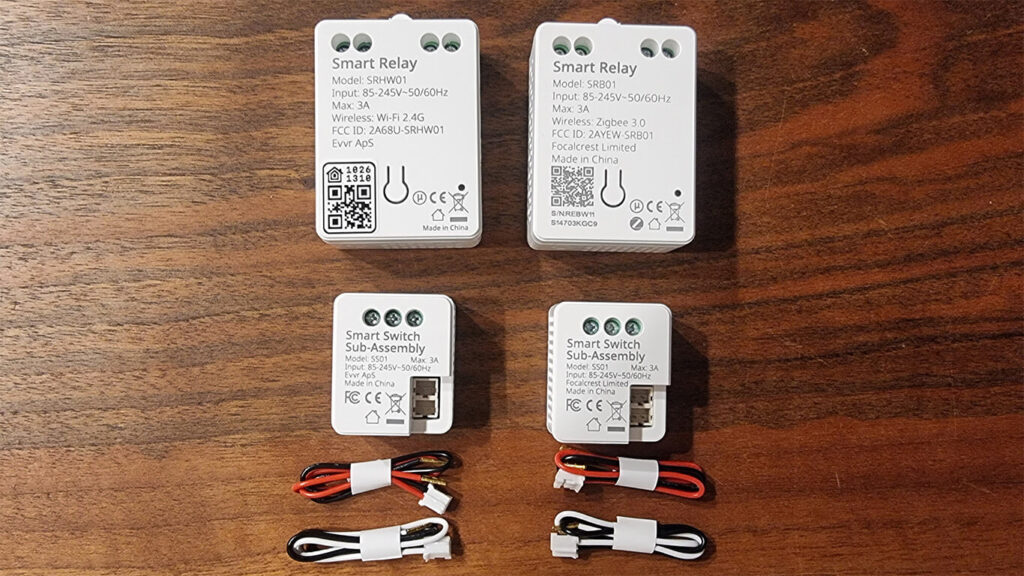
You will notice the sub-assembly is identical for all versions, because this component does not contain anything unique such as a communications module and needs to be used in combination with the in-wall relay.
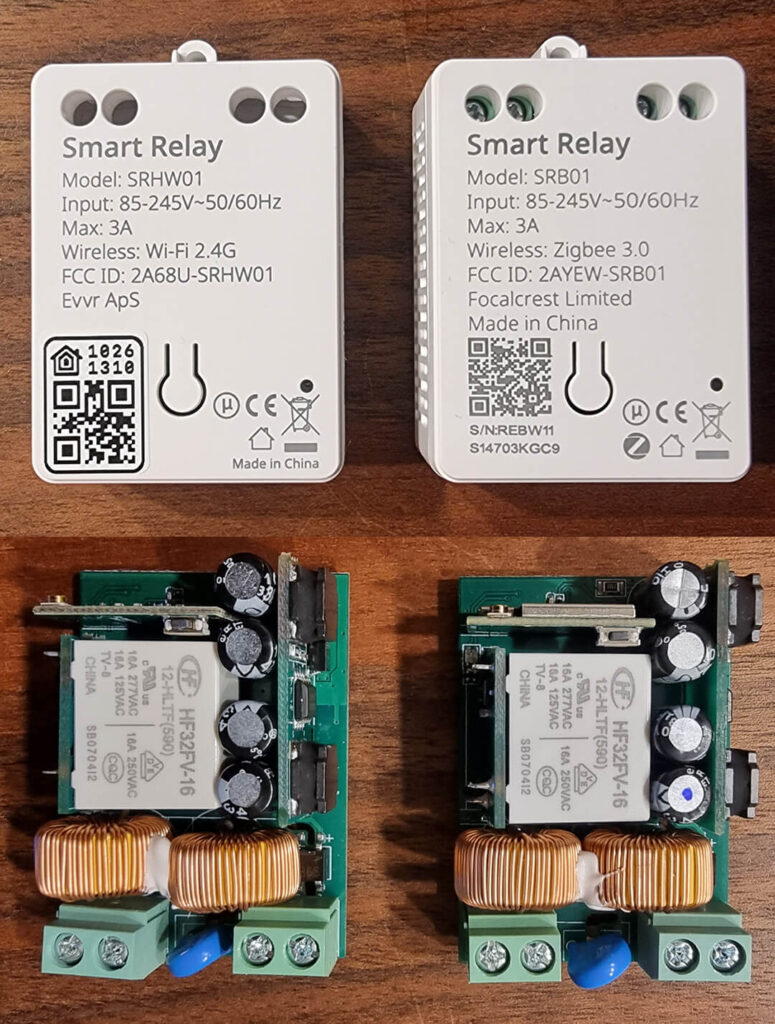
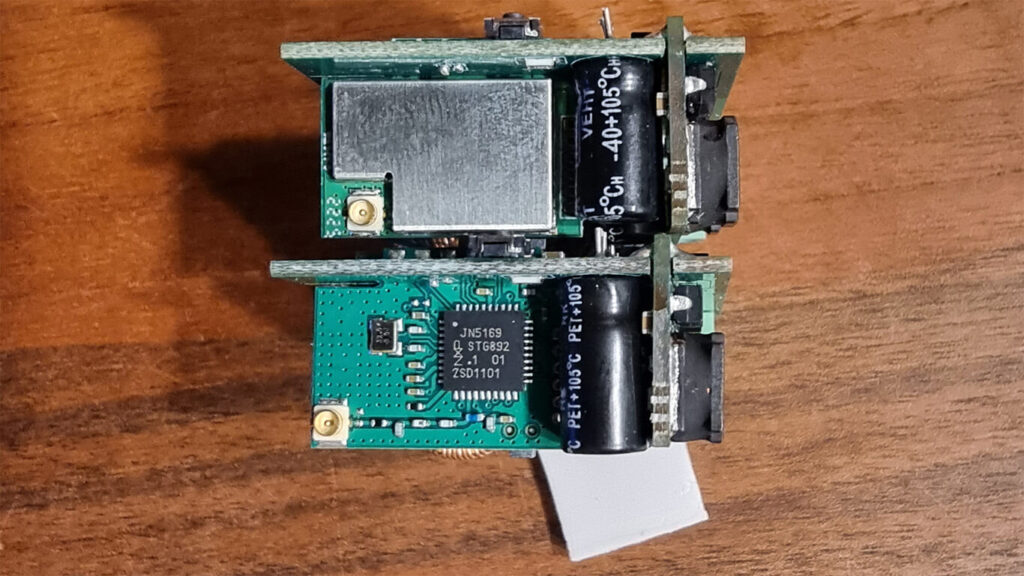
Wiring and Installation
The wiring of the EVVR In-Wall Relay and Switch Module is pretty straightforward and easy. In general, you have two options:
- Using only the in-wall relay
- Using the in-wall relay and switch sub-assembly
If you decide to not use the sub-assembly, you wire the EVVR relay as you would any other smart switch relay:
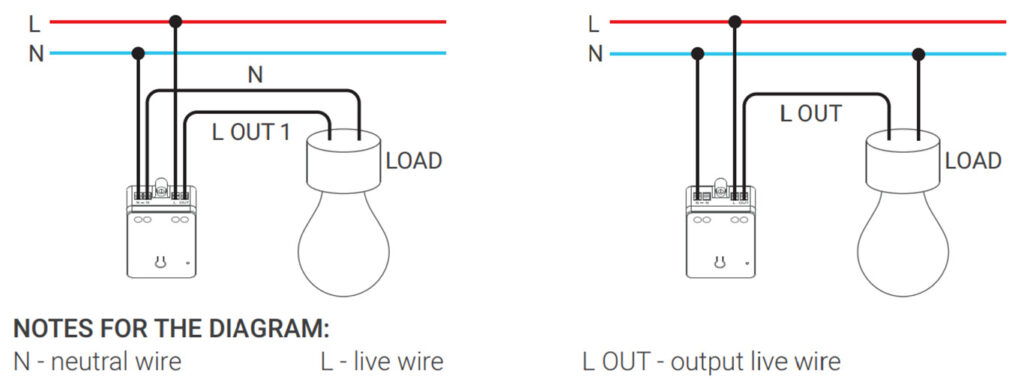
If you decide to install the switch sub-assembly too, you encounter the genius part of this relay/switch combo:
Basically, EVVR solved the most common issue when installing smart switches – A Neutral Wire Requirement by dividing the switch in these two components.
- You wire the relay in your light fixture, where N-Neutral is always present
- You wire the switch sub-assembly in your switchbox, where N-Neutral is not always present
To visualize:
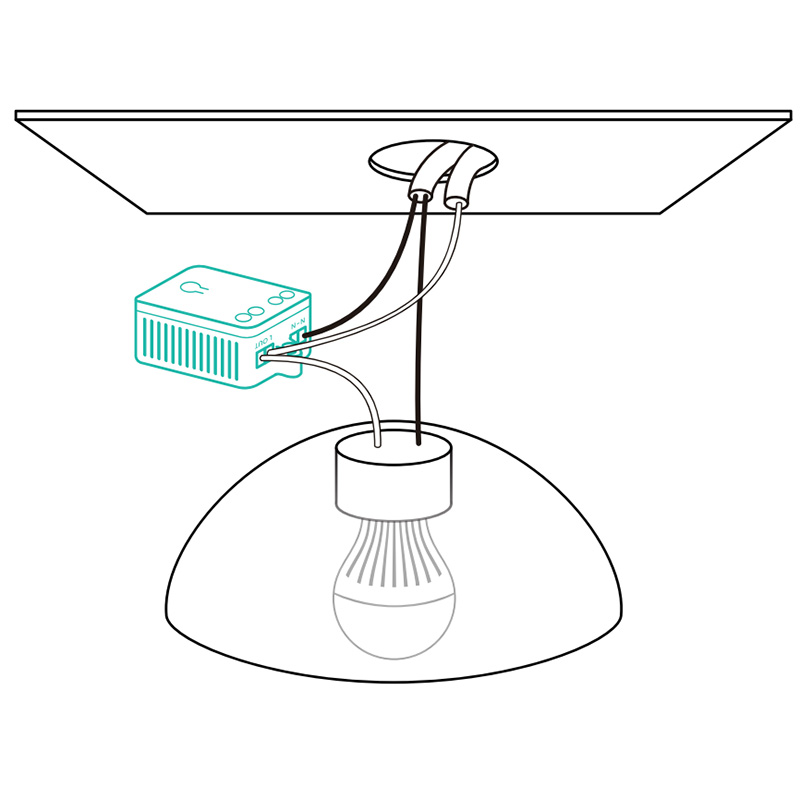
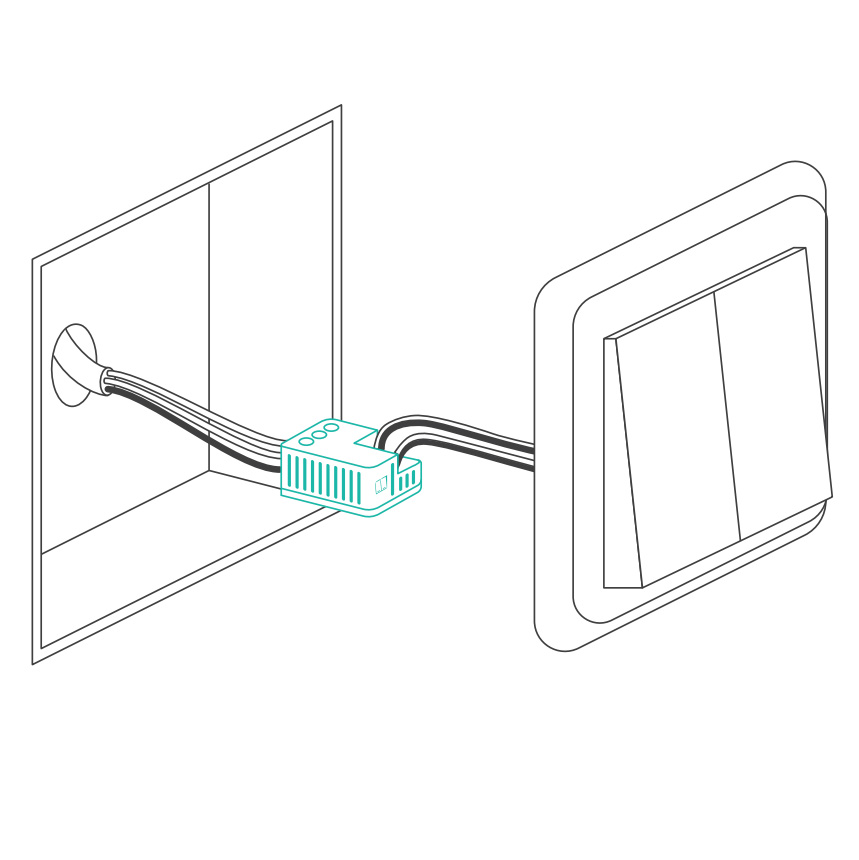
Once you’ve wired everything, your overall diagram should look something like this:
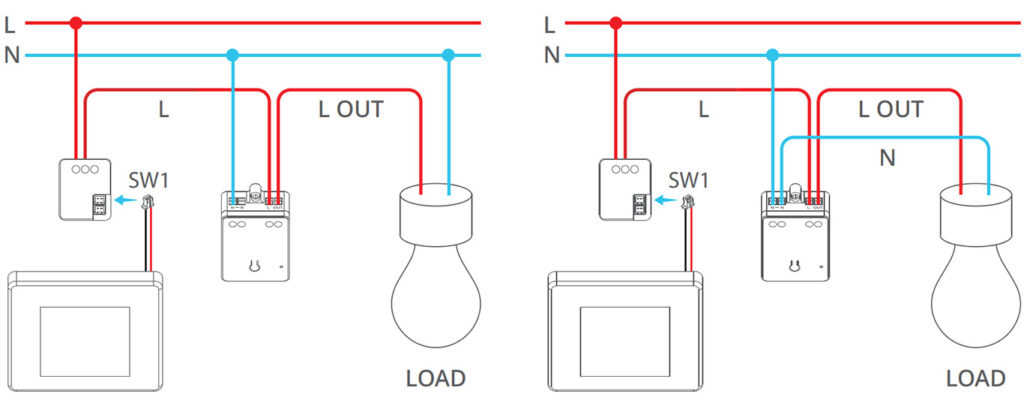
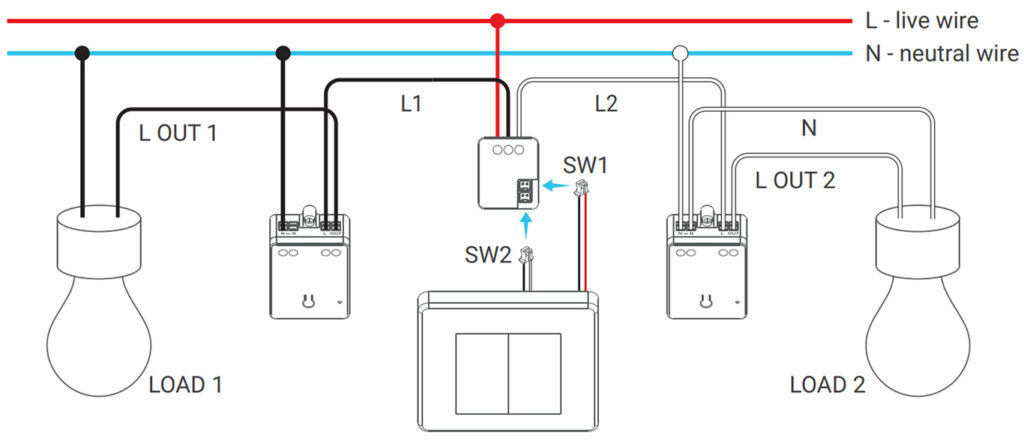
Please note that you would need an additional in-wall relay for each light you want to control. The switch sub-assembly can control two gang switches out of the box.
Integration Compatibility
As of the writing of this article, the switch is compatible with ZHA and ZigBee2MQTT. To pair it, you hold the button for 6-7 seconds until the LED start flashing and the relay enters pairing mode.
Once added to your coordinator, it exposes only two entities:
- Switch Entity: Controlling the relay
- Linkquality: Signal Quality in LQI
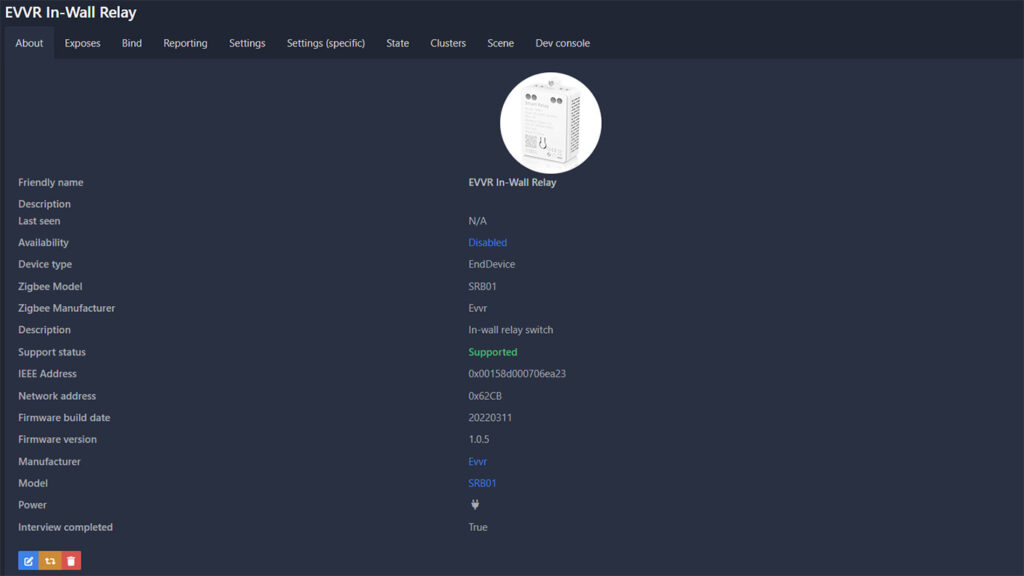
Please notice that this switch is identified as an End Device, and not a router. This means, unfortunately, that it will not be able to extend your ZigBee mesh.
Toggling the switch from Home Assistant is very responsive. This does largely depend on the quality of your ZigBee Mesh network.
Verdict
The EVVR In-Wall Relay and Switch Sub-Assembly combo is great device which gives a high quality feel when handled. The plastic is meshed on the sides, it’s a bit heavier than others and works fine with ZHA and ZigBee2MQTT.
What’s more important like we mentioned earlier, this switch solves the problem of the Neutral wire requirement in a very genius way. You wire the relay in your light fixture where N-Neutral is always present and wire the Sub-Assembly in the switchbox, where N-Neutral is not. This does involve a little more wiring and work, but it’s still better than hiring an electrician to bring a Neutral wire to your switchbox (not an option for many residential homes).
Our only grudge, is the relay is a bit expensive for a smart switch. $49.99 is bit too steep, but it’s still cheaper than wiring a neutral wire in your switchbox by an electrician. You can get a dual kit for $74.99.
We would definitely recommend this smart relay for users who do not have neutral in their switchbox, if you want to test it yourself please consider using one of our affiliate links bellow as it would help us keep this blog going.
EVVR In-Wall Relay and Switch Sub-Assembly
Wi-Fi Homekit: AliExpress | Amazon.com | Evvr.io
ZigBee: AliExpress | Amazon.com | Evvr.io
Z-Wave: AliExpress | Amazon.com | Evvr.io
*links will be updated when available
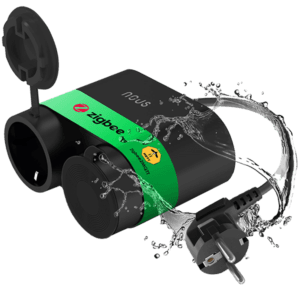









hi there
any idea how this module can support 2 switches lighting the same light (like in the case 1 switch at each side of a room managing the same light in the middle) ? in the doc, it says it’s supporting but there is no wiring diagram for this setup
I don’t know if you tested this setup ?
thanks for the great work
Hello Antoine,
Yes, this smart relay and switch can work with two way switches (your situation).
However, you will have to purchase and install two sub-assembly modules: one for each wall switch you want to make smart.
You install the relay as usual at your light fixture.
Cheers
Thanks for this review it has been super helpful! I’ve question, you mention the relays don’t act as routers, is this still correct as Evvr are claiming that they do operate as routers? thanks!
At the time of my review, EVVR smart switch was unable to relay Zigbee traffic. See in the Z2M screenshot.
They might have fixed it with a firmware update, I don’t have the device anymore to be able to verify, I gave it away in a reddit giveaway.
Forgive my ignorance, but I fail to see the utility of the switchbox sub-assembly. Since you have to put the relay next to the light fixture anyway, how is it more useful than any other smart relay? As far as I can see, the sub-assembly is only switching the ‘switch-live’ wire and thus toggling indirectly the relay. Can’t you just use the dumb wall switch on its own for physical switching, and send zigbee commands to the relay for smart switching?
If you toggle the traditional switch, you are cutting off the Live wire at the light fixture, thus disabling the smart relay.
What the sub-assembly does essentially, is separate the two: get neutral from the light fixture (where it’s present) and get the Live from the wall switchbox, enabling the use of the traditional switch simultaneously.
So this way, when you have no neutral, everything works as it should.